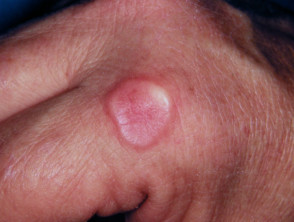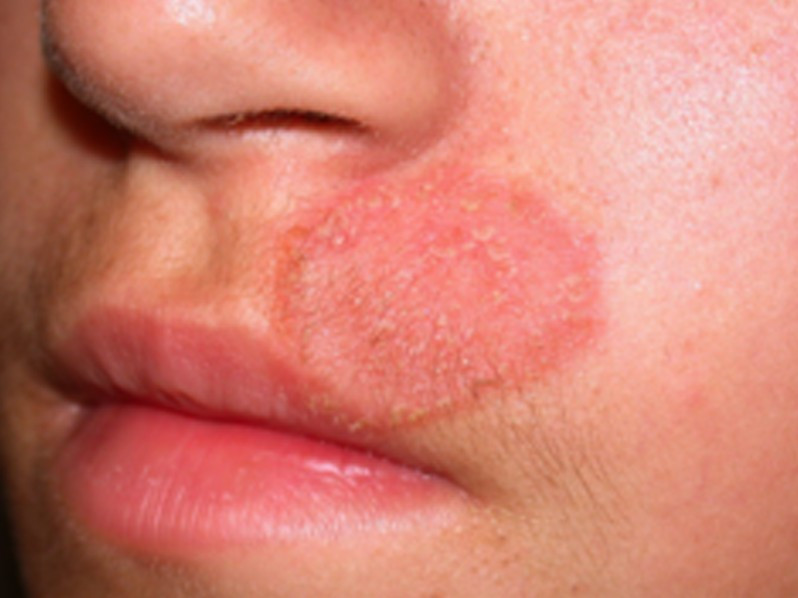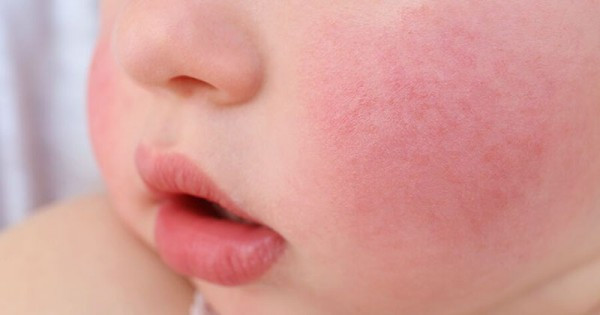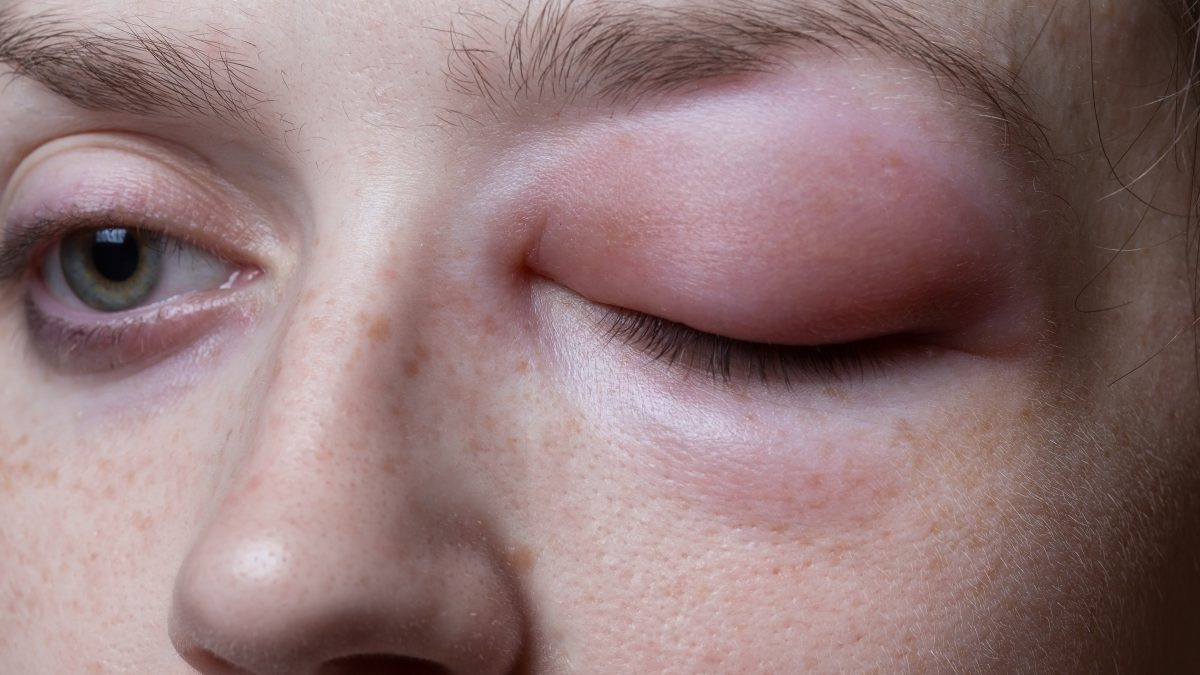Definition
Herpes zoster, also known as shingles, is a viral infection characterized by painful blisters on the skin. It is caused by the varicella-zoster virus (VZV), the same virus responsible for chickenpox. The dermatological condition typically manifests as clustered rashes or vesicles in a specific region of the body.
Herpes zoster can occur on any part of the body; however, it typically manifests as lesions on either the left or right side of the body, mostly on one side. The incidence of herpes zoster is positively correlated with age, with around half of the cases observed in individuals aged 50 years or older. Approximately 10% of individuals who have previously had chickenpox will develop herpes zoster.
Causes
Herpes zoster or shingles is a result of infection with the varicella-zoster virus. During childhood, when you contract chickenpox, your immune system will combat the varicella-zoster virus, improving the symptoms. However, the virus will persist in your body indefinitely. Once you have fully recovered from chickenpox, the virus will infiltrate your nervous system and remain in a dormant or "inactive" state for an extended period of time. Occasionally, the virus has the ability to reactivate or become active once more in some adults. This subsequent infection will present itself as herpes zoster.
It should be noted that not all individuals with a prior history of chickenpox will develop herpes zoster in the future. The exact cause of viral reactivation remains uncertain; however, it is believed to be linked to a weakening immune system due to aging. This infection is particularly prevalent in the elderly and individuals with compromised immune systems.
If you have never experienced chickenpox, you will not develop herpes zoster. Nevertheless, it is possible to contract chickenpox from someone who is afflicted with herpes zoster. This can occur if you contact the rashes or fluid discharged from the vesicles. Upon initial infection, an individual will develop chickenpox rather than herpes zoster, as it is their first encounter with the virus.
Recurrence of herpes zoster is possible. One misconception regarding this infection is that it is a one-time occurrence. This statement is false. It is possible to experience multiple episodes of herpes zoster. Nevertheless, in the case of reinfection, the skin lesions typically do not manifest in the same location.
Risk factor
Individuals with a history of chickenpox are susceptible to acquiring herpes zoster later on. There are other factors that can elevate your risk of developing this infection, which include:
- Individuals with a compromised immune system, such as those with cancer, HIV patients, organ transplant recipients, individuals undergoing chemotherapy or radiation therapy, or currently on therapy that could weaken the immune system
- Herpes zoster primarily affects individuals who are 50 years of age or older, and the risk of developing the condition increases as one gets older
- Medical history of other illnesses
- Those who have suffered significant physical injury
- Experiencing significant stress
Symptoms
Typically, early symptoms of herpes zoster consist of:
- Fever
- Shivering
- Headache
- Fatigue
- Photophobia or sensitivity to light
- Abdominal pain
Other signs and symptoms may occur days later following the initial symptoms, which may include:
- Itchiness, tingling, or burning sensation in the affected skin
- Erythema in the afflicted area
- Lesions typically occur unilaterally on the waist, face, neck, or trunk (chest/abdomen/back)
- Skin rashes may also manifest on other regions, such as the arms and legs
- After a period of three to four days, a cluster of fluid-filled vesicles emerge and form a linear or patterned manner
- The vesicles have the potential to rupture or dry out, resulting in the formation of crusts, this progression typically occurs over a period of approximately 10 days
- Pain ranging from mild to intense in the affected area
The rashes will fully subside after three to five weeks, starting with the onset of symptoms. Herpes zoster lesions typically manifest unilaterally, tracing the path of the nerve fibers in the skin. The primary complaint of those with herpes zoster is typically pain. For certain individuals, the pain might be extremely intense. Depending on location, pain can occasionally be misinterpreted as an indication of heart, lung, or renal issues. Certain individuals may encounter herpes-zoster-related pain even in the absence of a visible rash.
Diagnosis
When diagnosing herpes zoster, your physician will initiate the process by conducting a medical interview with you. The physician will inquire about the symptoms you are currently having, the onset of these symptoms, the form of the lesions, any observed changes in the lesions, and your prior chickenpox history. Next, the physician will examine the lesions by visually inspecting the rash and assessing the condition of the surrounding skin. The diagnosis of herpes zoster can be established by evaluating the symptoms and clinical appearance of the rash, as herpes zoster typically exhibits specific rash patterns. This infection can also be diagnosed in the laboratory by skin scrapings or fluid swabs taken from the vesicles that develop.
ditional testing for herpes zoster are rarely conducted, unless the patient presents with non-specific rashes. Diagnostic tests may also be conducted in patients who are at a higher risk of developing complications, such as organ transplant recipients, individuals with compromised immune systems, or those who are about to undergo therapy that could suppress the immune system.
Other potential tests that could be conducted include:
Antibody test
Upon exposure to the Varicella-Zoster virus, your immune system produces an antibody or protein to combat it. Your doctor might recommend a test to assess the protein in your blood sample. This test can provide information on whether you now have an active chickenpox infection or have had it. However, interpreting the results can frequently be challenging.
Viral detection
This test can help determine the presence of the virus in the skin lesions. The physician will obtain a specimen of the crusts from the vesicles and subsequently analyze it in the laboratory.
Management
The duration of herpes zoster typically ranges from two to six weeks. There is currently no medication to cure this infection; however, prompt treatment of antiviral medications has been demonstrated to speed up the healing process and decrease the likelihood of future complications.
Your doctor may also prescribe these medicines to help alleviate severe pain caused by herpes zoster:
- Capsaicin patches
- Anticonvulsants, such as gabapentin, could be used to alleviate pain resulting from nerve injury
- Tricyclic antidepressants (for example, amitriptyline), can be given to relieve pain resulting from nerve damage
- Opioid medications must be prescribed under the supervision of a physician
Complications
Possible complications of herpes zoster may include:
Postherpetic neuralgia
For some people, the pain caused by herpes zoster can persist even after the skin lesions has disappeared. Postherpetic neuralgia is a medical disorder characterized by the transmission of distorted and intensified pain signals from injured nerve fibers in the skin to the brain.
Visual impairment
Herpes zoster occurring in the vicinity of the eyes can result in painful eye infections that could potentially result in loss of vision.
Neurological diseases
This condition can lead to neurological complications such as encephalitis, facial paralysis, or issues with hearing or balance, depending on the nerves that are damaged.
Skin infections
Failure to appropriately treat the lesions might lead to the development of bacterial skin infections.
Prevention
Vaccination is a reliable and efficient method of safeguarding against herpes zoster and preventing this infection in the majority of people. Nevertheless, those with compromised immune systems should not receive the herpes zoster vaccine.
When to see a doctor?
If you encounter symptoms and skin lesions indicative of herpes zoster, seek medical advice from a healthcare professional to receive an accurate diagnosis and appropriate treatment.
Looking for more information about other diseases, Click here!
- dr Hanifa Rahma
CDC. Shingles (Herpes Zoster). (2019). Retrieved 23 Maret 2022, from https://www.cdc.gov/shingles/about/index.html
Nair, PA., et al. Herpes Zoster. (2021). Retrieved 23 Maret 2022, from https://www.ncbi.nlm.nih.gov/books/NBK441824/
Pathak, N. Shingles: What You Should Know. (2021). Retrieved 23 Maret 2022, from https://www.webmd.com/skin-problems-and-treatments/shingles/shingles-skin
Saguil, A., et al. Herpes Zoster and Postherpetic Neuralgia: Prevention and Management. (2017). Retrieved 23 Maret 2022, from https://www.aafp.org/afp/2017/1115/p656.html
Shingles. (2021). Retrieved 23 Maret 2022, from https://www.mayoclinic.org/diseases-conditions/shingles/symptoms-causes/syc-20353054
Shingles. (2022). Retrieved 23 Maret 2022, from https://my.clevelandclinic.org/health/diseases/11036-shingles
Shital, K. How Do I Know If I Have Shingles?. (2020). Retrieved 23 Maret 2022, from https://www.webmd.com/skin-problems-and-treatments/shingles/do-i-have-shingles












